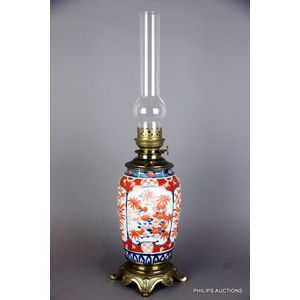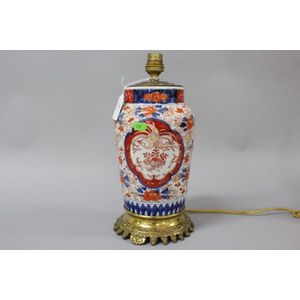Kerosene lamps from the 19th century represent a significant development in lighting technology and played a crucial role in illuminating homes, businesses, and streets during that era. Kerosene is also known as liquid paraffin.
Prior to the introduction of kerosene lamps, lighting options were limited to candles, oil lamps, or gas lamps. Candles were the most common source of light, but they were expensive, produced limited illumination, and posed a significant fire hazard. Oil lamps, fueled by various vegetable oils, were an improvement over candles, but they were still prone to smoke, odor, and the risk of fire. The arrival
more...
of kerosene lamps in the mid-19th century marked a turning point in lighting technology.
Kerosene, a flammable hydrocarbon liquid derived from petroleum, became a popular fuel for lamps due to its clean-burning properties and relatively low cost. Kerosene lamps were more efficient and produced a brighter, steadier light compared to previous oil lamps. The introduction of kerosene lamps also coincided with advancements in lamp design, with manufacturers producing a wide range of styles and sizes to suit different needs and preferences.
The design of 19th-century kerosene lamps varied, but they typically consisted of a reservoir for holding the kerosene, a burner, and a chimney to direct the light and protect the flame. The reservoir could be made of glass, metal, or ceramic, and it often featured ornate decorations or patterns to enhance the lamp's aesthetic appeal. The burner incorporated a wick that drew kerosene from the reservoir and allowed it to burn, while the chimney helped to stabilize the flame and reduce the risk of accidents.
The introduction of kerosene lamps had a transformative effect on society. They brought illumination to areas that were previously in darkness, making it easier and safer to perform tasks, study, and socialize after sunset. The availability of affordable and reliable lighting had a profound impact on productivity, allowing people to extend their working hours and engage in various activities during the evenings.
Kerosene lamps were widely used in both urban and rural areas throughout the 19th century. They were particularly beneficial in areas without access to gas lighting or electricity, and they remained popular even after the introduction of electric lighting in the late 19th century. Kerosene lamps were commonly found in homes, businesses, and public spaces, including streets and outdoor areas.
However, the use of kerosene lamps was not without its drawbacks. The lamps required regular maintenance, including cleaning the wicks, replenishing the fuel, and ensuring proper ventilation to prevent the accumulation of fumes. Accidents, such as lamp explosions or fires, were also a risk if the lamps were mishandled or not properly maintained.
less...
One of the most popular and collected of the Japanese porcelains is Imari. Imari is in fact a European name for export porcelain produced in the town of Arita in the Hizen province of Japan. It was shipped through the nearby port of Imari from the second half of the 17th century and the first half of the 18th century. Pre-export period Imari is called Shoki-Imari.
There are two distinct styles of Arita or Imari porcelain.
Firstly there is the rare and highly sought after Kakiemon porcelain. It is sparsely decorated predominantly in coral red on a very
more...
fine white glaze. Highlight colours include yellow, green and aubergine Kakiemon wares are of a consistently high standard and command very high prices
In contrast, the more commonly found Imari in the west is called brocaded Imari or Kinrande Imari, and is usually richly decorated with flowers, foliage and figures. These pieces have an overall floral decoration reminiscent of a rich silk textile, and typical colours are underglaze cobalt blue and iron red, which is highlighted with colours such as gold, green, aubergine and yellow. There is a great variation in quality, ranging from quite crude though decorative wares to very finely painted wares.
Items exported to the West included garnitures of vases, plates, chargers, figures as well as utilitarian wares. Due to its popularity and success, Imari was widely imitated both in China and the West. English factories who produced Imari or "Japan" patterns as they were sometimes known included, Bow, Derby, Minton, Spode, Worcester and Mason's. European factories included Meissen, Chantilly and Delft.
less...









 Loading more...
Loading more...